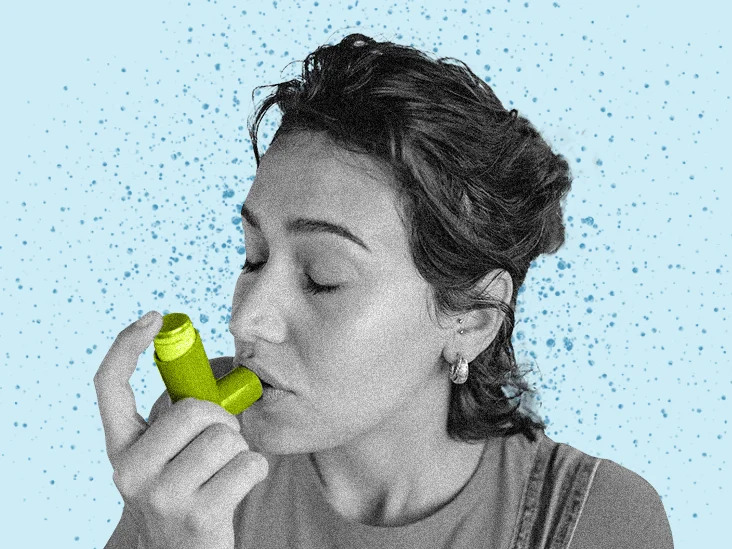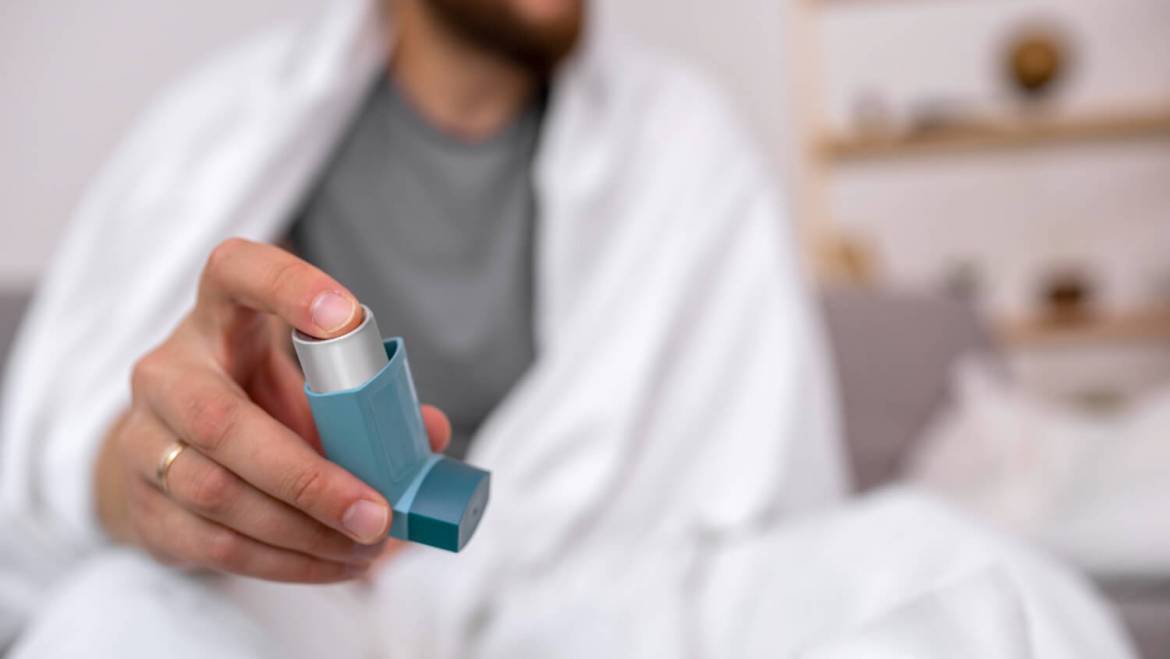Appropriate selection and correct use of asthma inhalers is important when managing asthma and chronic obstructive pulmonary disease (COPD). Numerous challenges are associated with inhalers, and no one inhaler suits all patients. These challenges can range from problems associated with lung disorder severity and pulmonary function to physical considerations such as arthritis. Regarding device selection and adherence, patient involvement and satisfaction are also well-considered factors.
Moreover, problems with the use of inhalers are more evident in children and older patients. Here, we discuss different aspects to consider with commonly used devices, including pressurized metered dose inhalers, nebulizers, soft mist inhalers, and dry powder inhalers. One can buy asthma inhalers online at the best possible rate. As each inhaler offers different technical properties, a personal approach while selecting the most appropriate device for the patient is highly recommended to increase the likelihood of increased benefits and enhance persistence and regular device use.

Benefits of using asthma inhalers
Inhaled asthma medications are directly delivered to the airways, allowing for rapid onset. Targeting an asthma medicine directly to the lungs allows lower doses to be administered, limiting the risk of side effects. There is a wide choice of inhalers. Common devices are pressurized metered dose inhalers, dry powder inhalers and nebulizers. Choosing the most appropriate inhaler device that meets individual needs is important. A large variety of best asthma inhalers are available online; you can buy asthma inhalers at the best price.
Types of inhalers
Different types of inhalers are utilized for the treatment of asthma and COPD. Get these asthma inhalers online at an affordable rate.
-
- Metered dose inhalers
Metered dose inhalers (MDIs) are pressurized containers with plastic mouthpieces for manual use. The asthma medication is dispensed in a measured dose. These inhalers are very common because they are easy to handle. - Nebulizers
Nebulizers are one of the oldest types of devices. Generally, they have been prescribed in emergencies for the acute treatment of patients or in the management of chronic disease for children or elderly patients who are not able to use an inhaler along with a spacer. Nebulizers are easy to use and conveniently deliver a higher treatment dose to the airways if needed.While nebulizers are used frequently to deliver asthma medicines, they are less convenient than a pressurized metered dose inhaler because they need electricity. This makes them tougher to use for a sudden asthma attack.
- Dry powder inhaler
A dry powder inhaler is a device used to deliver asthma medicine in the form of a dry powder. This device differs from a metered dose inhaler, so it is not meant to push the medicine into your lungs. Rather, it needs to be inhaled to receive the medicine. Fluticasone propionate is a common dry powder inhaler medicine.
- Metered dose inhalers
Determining the Right Technique
Ensure you wash your hands before handling your device and medicines, and always keep your device clean. Then you are advised to do the following:
Nebulizer
Always rinse your hands before handling the device and medicine to keep an asthma medicine and your lungs free of germs. Generally, you have a compressor (a basic nebulizer machine), tubing, a nebulizer for the medicine, and a mouthpiece. You might also get a mask.
Using your nebulizer machine correctly is important for getting your full asthma medicine dosage.
Nebulizers are easy to use; you can even get the smaller ones that are travel friendly and quiet enough for silent nights. For children and those unable to coordinate inhaler timings, nebulizer devices are often necessary. Get asthma prescriptions online from a reliable source. The asthma medicine is available in sterile, unit dose vials; no measuring and mixing is required. To set up a nebulizer:
-
- Connect the hose (a tube that water can flow through)
- Fill the cup with the medicine. Close the cup tightly and always hold the mouthpiece straight up and down.
- Attach the other end of the hose, the medicine cup, and the mouthpiece.
- Turn on the device.
- Keep the mouthpiece in your mouth. Place your lips firmly around the mouthpiece so that all the medications so that all the medicines directly reach the lungs. Utilizing a facemask, place it over the nose and mouth. For children, it’s better if they wear a mask.
- Breathe in through the mouth until you think the medicine is used. Depending on the device and medicine, one may take up to 5 to 20 minutes. If required, use a nose clip to breathe through your mouth only.
- Turn off the device when you are done using it.
- Wash the cup and mouthpiece and air dry until your next treatment
Metered inhaler dose
Each inhaler comprises a small canister of medicine attached to a mouthpiece. The canister is pressurized, so as you press down on the canister, a mist of medicine is released. You breathe that mist into your lungs.
-
- First, remove the cap and hold the inhaler upright
- You can use a spacer if told by your doctor to filter the medicine between your mouth and inhaler. The chamber is made to protect your throat from irritation from the medicine.
- Put the inhaler in your mouth. Press the inhaler quickly to release the medicine as you breathe slowly for 3 to 5 seconds.
- Hold your breath for around ten seconds to allow the medicine to enter deep into your lungs, then slowly breathe out.
- Repeat puffs as advised by your doctor. Wait for at least a minute before taking the second puff.
Dry powder inhaler
-
- Open the cover and hold the inhaler
- Load a dose of medicine as advised by your doctor
- While holding the inhaler device away from your mouth, breathe out completely to empty your lungs.
- Keep the mouthpiece in your mouth, so you close your lips around it to form a tight seal.
- Take a deep breath in through your mouth
- Try to count to ten while holding your breath
- Remove the inhaler and breathe out slowly
Also Read: Best Way to Avoid Asthma Attacks During Summers
admin
Latest posts by admin (see all)
- What is Triluma Cream? Uses, Benefits, and How It Works for Skin - December 26, 2024
- What Causes Dark Spots? Understanding the Science of Hyperpigmentation and How Skin Lightening Products Help - December 26, 2024
- Tretinoin Gel vs. Cream: Which Formulation is Right for Your Skin? - December 20, 2024



